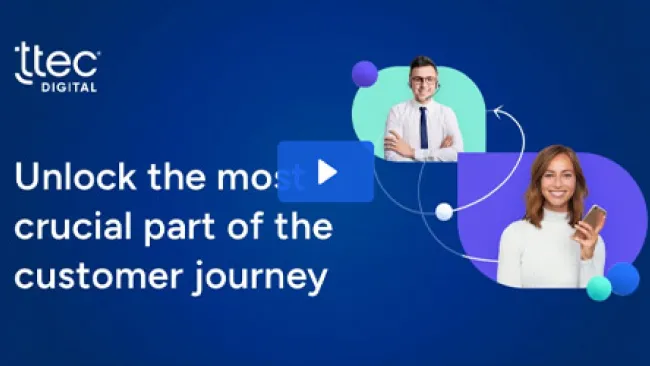CEOs in the telecom industry are keenly interested in how to drive their companies to market-leading positions. Relaxed monopolies and emerging markets have opened up new customer groups and expanded the competitive field for mobile, cable, landline, and related services. One clear and proven path to drive to the top is to focus on customers.
Our conversations with senior executives at operators both large and small around the world typically boil down to a few key strategic questions:
- How can we extract maximum value from our customer base?
- How can we preempt churn to competitors?
- What potential customer segments exist in the customer base?
- What kind of offers should be designed for customers? How can this be done at the individual level?
- What is the appropriate pricing strategy for customers, and how can we customize pricing by segment?
- How do we enrich our customer data and what processes should we put in place for improving it?
- What measures should we take to ensure high data quality?
- How do I motivate my employees to deliver our brand promise to customers?
It is no surprise that customer-centric DNA repeatedly figures as the fundamental construct to answer these questions, in the short as well as long term. It is the very foundation for competitive advantage.
The three pillars of customer centricity—Data, Nature, and Attitude—are all essential and must work together to create an environment that naturally breeds customer centricity and answers the above questions. The “Data” part of DNA means converting customer information into actionable insight and using it to make decisions that work for customers as well as for the business. In addition, the entire nature of a company must have the customer in mind, including the IT systems used, the staff hired, and the products and services developed. Finally, all employees at customer-centric companies should share in the attitude that their customer orientation will feed momentum around customer initiatives.
Without each element being ingrained into every aspect of the business, customer initiatives may only exist in random pockets of an organization. Their impact will not reach their fullest potential.
Consider this: In recent times Big Data has become a buzzword in the industry. In most conversations it is served as the panacea to all existing ills. What gets lost in the message is that Big Data is an additional and important lever to what the organization should already be doing. So if you have a company lacking two of the elements in customer-centric DNA and thinks embarking on a Big Data initiative is going to make it customer-centric, then don’t be surprised when the desired outcome is not achieved.
It’s tempting to choose a road just because it is the hottest topic in the market or because your competitor does it. But that isn’t always what’s best for the company or for customers. Each organization has its own requirements and it needs to be ready to customize based on its own systems, environment and customer reality. And the journey requires enduring commitment and focus. This is where enabling a cohesive environment rooted in all three elements of DNA will help clear the path.
Good intentions, poor integration
Most operators acknowledge customer centricity to be a “must have” strategy in today’s competitive environment. In many cases, however, there is a lack of senior-level awareness of the best way to move toward a customer-centric DNA world. This is exacerbated by the amount of conflicting, overlapping information available over the Internet, social media, etc., as well as multiple vendors providing a myriad of products and services. The noise generated is huge. And often, there is no coordinated effort.
For example, one operator we work with has very strong customer-centric attitude across all levels of organization. It makes a conscious effort to take relevant actions benefiting end customers despite its small size. Unfortunately, its nascent internal IT systems and shoe-string budgeting priorities haven’t provided the necessary support (Nature and Data) for it to become a leading player in the market. Now, the company is working to improve processes and identify other cost-effective initiatives, thanks in large part to employee suggestions and involvement based on customer-centric goals. It is building on its customer-first attitude to bring the other elements up to speed.
















